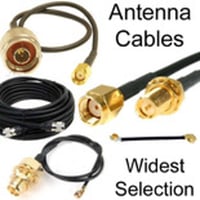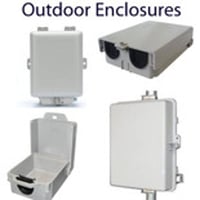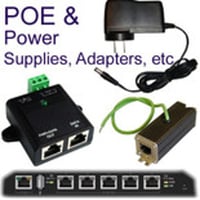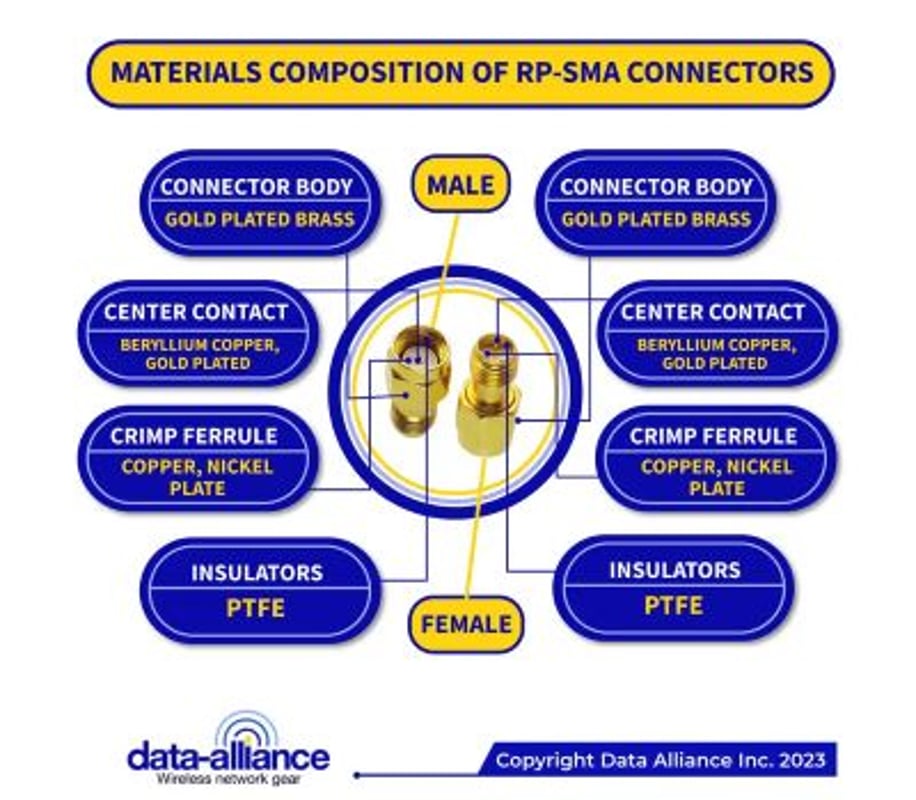RP-SMA Extension cables
RP-SMA Male to Female Extension Cables
Compatibility with wireless standards & applications
- Wi-Fi - All Wireless LAN protocols: 2.4GHz and 5GHz applications including: 802.11AC, 802.11N, 802.11G Commonly used in home and business networks, public hotspots, etc. Most Wi-Fi routers and access points with external antennas use RP-SMA connectors.
- IoT wireless, automation & M2M:
- Bluetooth: RP-SMA cables are used with Bluetooth devices with external antennas designed for extended range.
- LoRa, LoRaWAN and Helium: RP-SMA connectors are found on devices for these protocols in North America, while SMA is used iin Europe
- ZigBee and Thread: Used in home automation, smart home devices, and IoT applications.
- RFID: Certain RFID readers and antennas may use RP-SMA connectors.
- NB-IoT
- Drones and RC: Some remote control systems for drones and other RC vehicles might use RP-SMA for their antennas.
- ISM Band Applications: The Industrial, Scientific, and Medical (ISM) radio bands are used globally for various RF applications, including microwave ovens, cordless phones, and some amateur radio uses.
The Following Applications Generally Use SMA Rather Than RP-SMA (but not always):
- Cellular Wireless: LTE / 4G, GSM / 3GWiMax, LTE-m, 5G: Data and voice applications and other cellular technologies typically have SMA connectors for their antennas (not RP-SMA).
- GPS: External GPS antennas, especially those designed for better reception or specialized applications, typically use SMA rather than RP-SMA connectors.
- Satellite: Some low-power satellite communication gear or ground station antennas might use SMA connectors (not RP-SMA).
- Amateur Radio: SMA connectors are more prevalent in ham radio equipment and other amateur radio applications.
Important Characteristics:
-
Using extension cables can introduce signal loss. The longer the cable, the more loss you will experience. High-quality, low-loss cables can help minimize this effect.
-
-
Range of frequency band compatibility is from 0 to 18GHz
-
Have a consistently low broadband VSWR
-
Have impedance matching to 50 Ohm antennas and cables, :
-
- Rated for outdoor use and is also suitable for indoor use.
RP-SMA female connectors include a bulkhead nut and washer:
- This can be used to mount the connector (and thus the cable) on the wall of a network enclosure (to weatherproof the cable connection), or mount the connector on a case, panel or Printed Circuit Bard (PCB).
- Weatherproofing: Seal the hole where the female connector is mounted, by placing an O-ring between the wall of the enclosure and the bulkhead nut & washer on the female connector.
- The length of our standard RP-SMA-female connector (threaded part) is 3/8 inches. We have a longer option: 14.5mm, which is available as an option.
ROHS 3 and REACH: All of Data Alliance's RP-SMA male to female cables are in compliance for content of lead, other heavy metals and toxic materials that are restricted by RoHS 3 and REACH..
Footnotes
-
Always be aware of regulatory guidelines when adjusting or extending antenna systems, especially if it could increase the system's effective radiated power beyond allowable limits.








